来自中国四川师范大学和英国剑桥大学的研究人员研究出一种集成了光伏发电和液态空气储能(LAES)的新型混合系统,并证明该技术具有经济可行性。
LAES系统是为大规模应用而设计的,它通过低温 (低于-150℃)下的液态空气或氮气存储电力。系统通过使用多余的电力来压缩和液化空气进行充电,并在接近零下196℃的低温状态下以液体的形式进行存储。放电时,液态空气变暖并形成加压气体,从而驱动涡轮机发电。
他们提出的系统包含一个2 MW的本地光伏发电厂,以及配套的最大功率点跟踪(MPPT)升压变换器。该装置能够产生低碳电力,每天的电量波动在12.89至12.99兆瓦时之间。
LAES系统使用光伏电站的剩余电力,并可以在本地电网功率水平不足的情况下,对其进行电力补偿。系统在非高峰时的储能持续时间为9.13小时,高峰时的释能持续时间为6.27小时。
对于提出的PV-LAES项目,研究结果表明,剩余的6.73 MWh可再生电力被发送到LAES系统后,可产生27.12吨液态空气,作为白天的能源储备。混合项目中的LAES系统,其充放电效率为47.4%,并可在夜间时对电网负载进行灵活的电力补偿。
同时,主电网的电力需求在一天内显著下降,从12.78 MWh降至3.33 MWh。根据这些数据,预计全年可节省电力3449.25 MWh,减少碳排放2607.63吨。
研究人员发现,在经济效益方面,PV-LAES系统的动态回收期为9.33年,累计生命周期净利润为2,260,011美元。
发表于《能源科学与工程》杂志上的“用于深度脱碳的光伏-液态空气储能混合系统”一文,深入讨论了他们的研究发现。
研究人员总结道:“从生命周期的角度来看,我们提出的PV-LAES方案在经济上是可行的,并且可能实现与当地可再生能源的灵活互动,形成一个集低碳发电和存储系统于一体的混合系统。”
This content is protected by copyright and may not be reused. If you want to cooperate with us and would like to reuse some of our content, please contact: editors@pv-magazine.com.
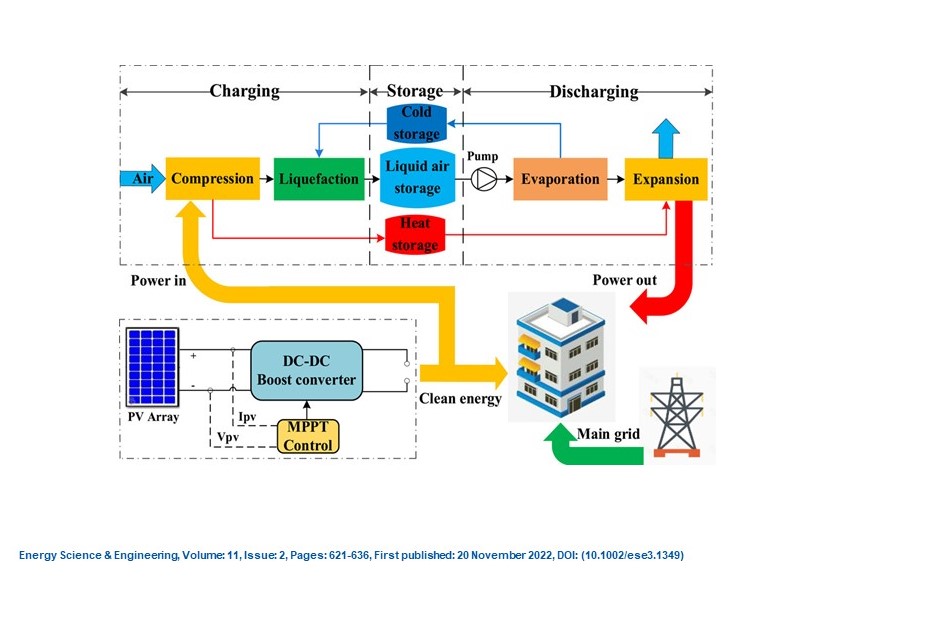



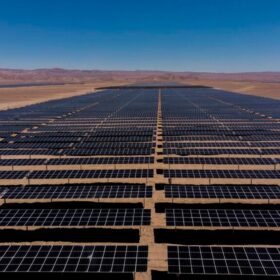
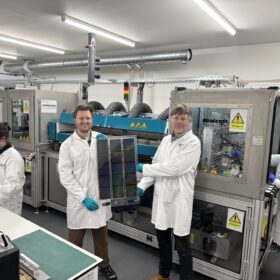
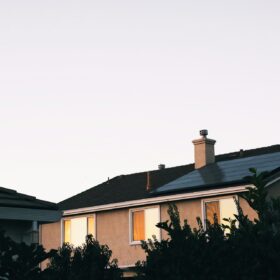
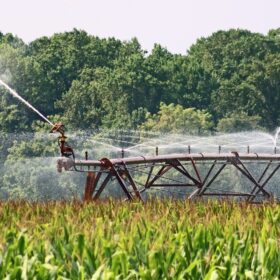
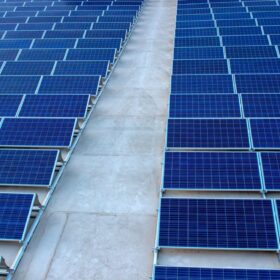
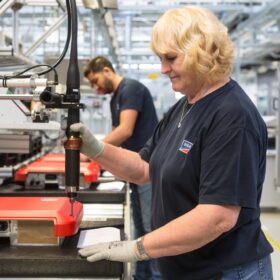
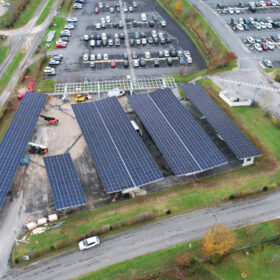
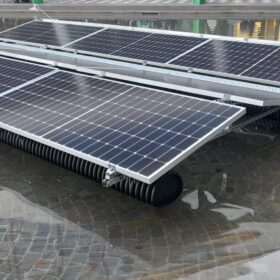
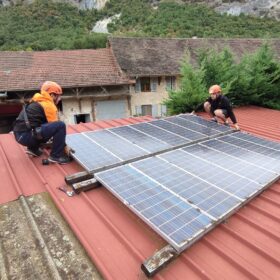

By submitting this form you agree to pv magazine using your data for the purposes of publishing your comment.
Your personal data will only be disclosed or otherwise transmitted to third parties for the purposes of spam filtering or if this is necessary for technical maintenance of the website. Any other transfer to third parties will not take place unless this is justified on the basis of applicable data protection regulations or if pv magazine is legally obliged to do so.
You may revoke this consent at any time with effect for the future, in which case your personal data will be deleted immediately. Otherwise, your data will be deleted if pv magazine has processed your request or the purpose of data storage is fulfilled.
Further information on data privacy can be found in our Data Protection Policy.